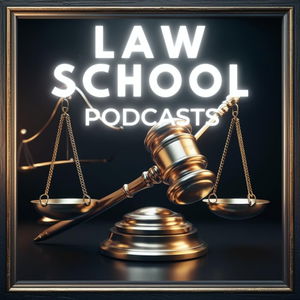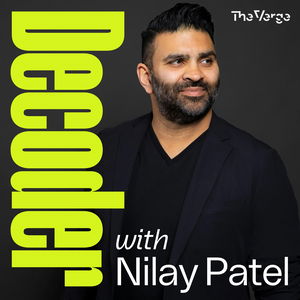Trusts serve as highly adaptable arrangements for managing and distributing assets, both during a settlor’s lifetime and after death. This lecture opens by outlining the five key elements that define a valid trust. First, there must be a capable settlor who consciously decides to create a trust and who possesses the requisite capacity to execute that decision. Second, the instrument must name a trustee (or provide a method to appoint one) who holds legal title to the property and administers it according to the trust’s instructions. Third, the trust must identify at least one beneficiary – or, in the case of a charitable trust, a recognized charitable or public purpose – to receive equitable title or economic benefit. Fourth, the settlor’s intent should be clear and immediate, signifying that they are presently establishing a legally binding arrangement rather than simply voicing aspirations or making incomplete plans. Finally, the trust requires an identifiable corpus, or property to be placed under the trustee’s control; without property, the trust remains a mere concept rather than an enforceable structure.
Once formed, trusts can adopt different forms, often divided along two main axes. One distinction separates revocable trusts from irrevocable trusts. Revocable (or “living”) trusts allow the settlor to amend or revoke them at will, preserving near-total control and simplifying estate administration upon incapacity or death. Still, assets in a revocable trust usually remain in the settlor’s taxable estate and are vulnerable to the settlor’s creditors. Irrevocable trusts, on the other hand, prevent the settlor from freely altering or dissolving them once created. Although the settlor relinquishes significant control, irrevocable trusts can achieve tax advantages, creditor protection, or wealth preservation across multiple generations. A second axis differentiates testamentary trusts, which arise from a will at the testator’s death, from inter vivos trusts, which operate during the settlor’s life. Testamentary trusts offer post-death oversight but require the will’s probate first. Inter vivos trusts, whether revocable or irrevocable, spring into force immediately upon execution and funding.
Trustees function as fiduciaries, bound by strict obligations. The duty of loyalty demands unwavering focus on the beneficiaries’ interests, outlawing self-dealing or hidden conflicts of interest unless expressly permitted by the trust or agreed to by all beneficiaries. The duty of prudence compels the trustee to invest and manage assets as a cautious, skillful investor, aligning with any directions set by the settlor and adhering to recognized standards like the prudent investor rule. Trustees must also maintain impartiality when beneficiaries’ interests differ, such as balancing income generation for one beneficiary against principal preservation for another. Clear recordkeeping and transparency constitute further requirements: trustees typically owe beneficiaries regular reports or accountings, ensuring the beneficiaries can monitor the trust’s administration.
If a trustee fails to observe these duties, beneficiaries may pursue remedies that include removal of the trustee, surcharging the trustee for any losses incurred by improper management, or rescinding certain transactions tainted by conflicts. Courts often order trustees to return illicit profits if the trustee exploited trust property. Although trust instruments can incorporate exculpatory clauses to shield a trustee from ordinary negligence, no trustee can be relieved of liability for willful misconduct, fraud, or brazen self-dealing. These rules confirm the profound seriousness of the trustee’s role. By adhering to fiduciary norms of loyalty, prudence, and impartiality, trustees uphold the trust’s purpose: ensuring that assets, once entrusted, are safeguarded and used as intended, whether that goal is straightforward estate planning, long-term wealth transfer, charitable givi








